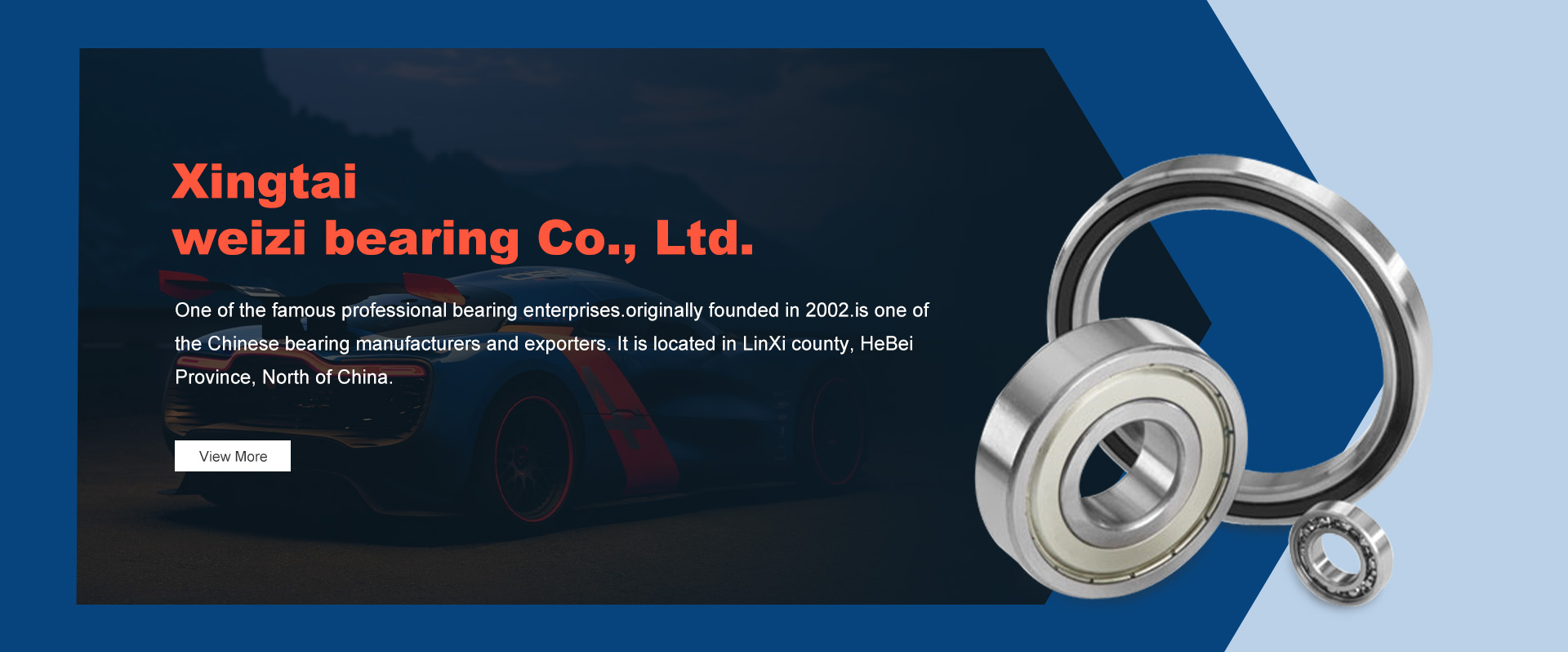
Dec . 04, 2024 01:04 Back to list
nu 316 bearing
Understanding NU 316 Bearings A Comprehensive Overview
When it comes to rolling element bearings, the NU 316 type is one of the most popular and widely used designs in various industrial applications. As an essential component in machinery, bearings reduce friction and wear between moving parts, extending the lifespan of the equipment and enhancing performance. This article will provide a detailed overview of NU 316 bearings, including their design, applications, and key advantages.
What is an NU 316 Bearing?
NU 316 bearings belong to the family of cylindrical roller bearings. They are characterized by their inner and outer rings, which are separated by a series of cylindrical rollers. This design allows for high radial loads to be accommodated while maintaining flexibility in axial movements. The designation NU indicates that the bearing has no flanges on the outer ring, which differentiates it from other roller bearing designs.
The numerical designation 316 refers to specific dimensional and load capacity attributes, including the bore size and outer diameter. Specifically, NU 316 bearings have a bore size of 80 mm, an outer diameter of 170 mm, and a width of 39 mm. The configuration offers excellent load-bearing capacity while facilitating efficient operation under various conditions.
Applications of NU 316 Bearings
NU 316 bearings are utilized across a diverse array of industries. Their robust design makes them suitable for high-speed applications and environments where heavy radial loads are prevalent. Common applications include
1. Electric Motors Because of their ability to handle high speeds and radial loads, NU 316 bearings are frequently used in electric motors, enhancing performance and longevity.
2. Pumps and Compressors These bearings are vital in pumps and compressors, where their durability and capacity to operate under heavy loads are essential for efficient functioning.
nu 316 bearing

4. Automotive Applications Due to their efficiency and reliability, these bearings are also found in various automotive components, contributing to the overall performance of vehicles.
Advantages of NU 316 Bearings
The NU 316 bearing design offers several advantages
1. High Load Capacity The cylindrical roller configuration allows for the accommodation of substantial radial loads, making these bearings highly efficient in demanding environments.
2. Reduced Friction The design's ability to maintain optimal contact between the rollers and raceways minimizes friction, leading to improved energy efficiency and reduced heat generation.
3. Versatility With their capacity to support axial displacement, NU 316 bearings can adapt to various applications, making them a versatile choice across different sectors.
4. Durability Made from high-quality materials, these bearings are resistant to wear and tear, providing an extended operational life, even in harsh conditions.
5. Ease of Maintenance NU 316 bearings are generally easy to maintain, ensuring that routine checks can be performed without extensive downtime.
Conclusion
In summary, NU 316 bearings play a crucial role in enhancing the performance and reliability of machinery across various industries. Their unique design, characterized by high load capacity and reduced friction, makes them an ideal choice for applications requiring efficiency and durability. As industries continue to demand higher performance from machinery, the use of NU 316 bearings will undoubtedly remain an integral part of engineering and manufacturing processes. Whether in electric motors, pumps, or construction equipment, understanding the advantages and applications of NU 316 bearings can lead to better selection and maintenance practices, ensuring optimal machinery performance for years to come.
Latest news
-
Premium Deep Groove Ball Bearings | High Speed & Reliability
NewsAug.29,2025
-
Durable Scaffolding Clamps - Secure & Reliable Tube Connectors
NewsAug.28,2025
-
Common Failures in Thrust Ball Bearings and Solutions
NewsAug.22,2025
-
How Tapered Roller Bearings Can Take Shock Loads
NewsAug.22,2025
-
Angular Bearings in High-Precision Spindles
NewsAug.22,2025
-
The Impact of Misalignment on Cylindrical Roller Bearing Performance
NewsAug.22,2025
